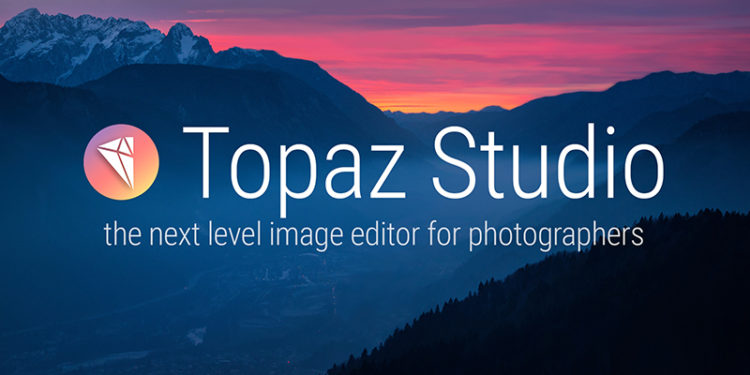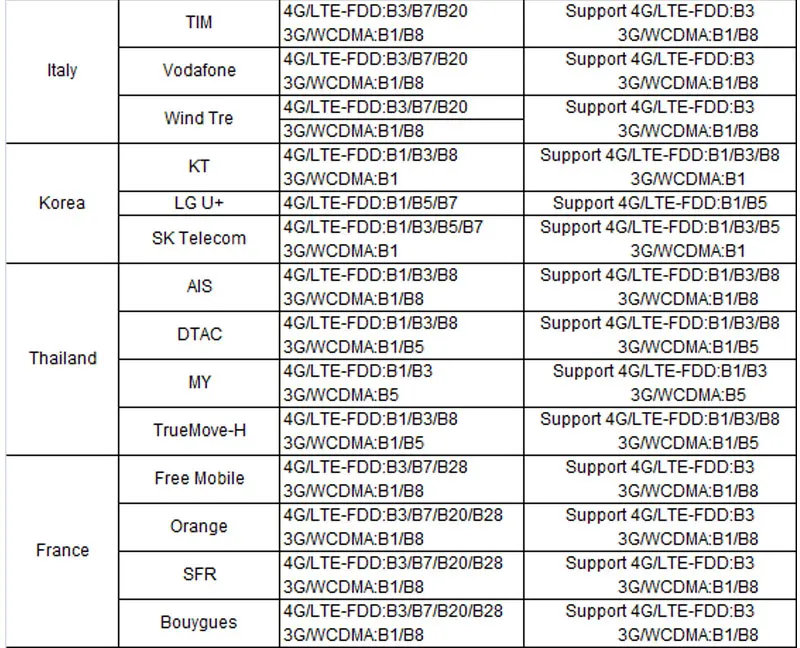

- TOPAZ STUDIO 2 USER MANUAL UPDATE
- TOPAZ STUDIO 2 USER MANUAL FULL
- TOPAZ STUDIO 2 USER MANUAL SOFTWARE
- TOPAZ STUDIO 2 USER MANUAL TRIAL
Some, but not all, of our plugins are M1 native now. PHOTOSHOP PLUGIN NOT WORKING ON M1/SILICON MACS: If you recently updated your Photoshop to version 22.3 or higher on your M1 device and you don't see some of our plugins anymore, you'll need to run Photoshop through Rosetta.
TOPAZ STUDIO 2 USER MANUAL UPDATE
You may not get the Affiliate offers if you do this.SHARPEN AI OR DENOISE AI 3.0/3.1 "ERROR PROCESSING" MESSAGE: If you receive a message that recommends updating your driver or changing your AI Processing preferences, please update your Nvidia or AMD graphics card driver directly through Nvidia or AMD.
TOPAZ STUDIO 2 USER MANUAL SOFTWARE
You can avoid this reward by googling the software and using the normal search results. That means that if you follow my link to the tool and then purchase it, the guys at the Labs will give me some pennies as a thank you.
TOPAZ STUDIO 2 USER MANUAL FULL
* Full disclosure: I love this tool so much and use it every week, so I am an approved Affiliate of Topaz Labs.

If you have any others, please let me know! That’s kind of the run down on my list of tips for this tool, I think this should answer all of the questions I’ve seen about it (I hope!). You can also adjust your brush settings to suit the area being targeted. You can invert the masks and switch on and off the overlay. Use the Sub (black) and Add (white) brushes to regain detail where needed in a targeted way. That means that DeNoise is effecting the whole image evenly. Using the mask button will give you a white mask. Sometimes you want the details back in places and with some subjects, you lose all coat detail completely (*achem* Horses…) so in these situations, it’s time to mask. Keep sharpening set low, under 10 is usually more than enough! You can always do a high pass sharpen later. Then, increase slowly in little sections until your noise is removed appropriately. My advice would be to turn both sliders right down – like 2 or 3 or 4. The “Auto” settings always overcook the situation for me! Way too much sharpening, the introduction of artefacts and other weird things tend to happen when Auto is running the show. I’ve never used AI Clear, but regularly switch between DeNoise and Low Light depending on the coat of the dog and the level of noise in shot. Low Light: For use in higher noise situations or with fluffy coats (like Alfies around his head).AI Clear: Theoretically best for colour noise but I’ve never used this on a final image.DeNoise: The “normal” solution that should work for most cases, Auto will be too strong (see next section).In my understanding, the use-cases of these are as follows: Within the current version of DeNoise AI that I have, there are three “mode” options.


With that done, it’s time to explore the actual system itself… 2. Connect DeNoise AI to Lightroom Classic.I’m not going to pop the how-to for this step here, because it may change and I don’t want this to be wrong or completely out of date in a week, so I will just link to the Topaz Labs help guides for this here: In Lightroom, it’s an “open in…” plugin and in Photoshop CC it’s within the “Filter” menu on the top navigation. Connect as plug-insįirst things first, the best way to use this tool is to have it hooked up to your editing programs as plug-ins/filters. Instead of walking through all of the steps in the little tutorial here, I want to just focus on the core things: 1.
TOPAZ STUDIO 2 USER MANUAL TRIAL
Link to get a free trial of (or just buy) Topaz Labs DeNoise AI*


 0 kommentar(er)
0 kommentar(er)
